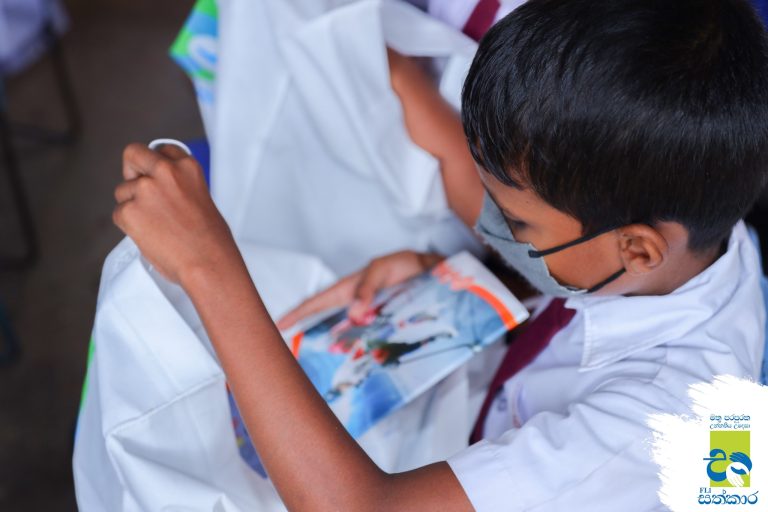What we do
- About Us
- What we do

Education is the best gift that every child deserves. However, providing a good education is still a challenge in some remote areas in Sri Lanka due to unavailability of basic facilities.
According to a survey in 2012 there were 155 schools without acceptable sanitary facilities, 1575
schools without water supply and 1490 schools without electricity. More than 40% of the
government schools did not have libraries. Our objective is to lead underprivileged students to a
better education by providing them with the most essential basic requirement they lack. This is
done by searching for needy schools, identifying their urgent requirements, raising funds and
providing them on priority basis in a fully transparent process.
As Nelson Mandela said,’ Education is the most powerful weapon that can be used to change the
world’. Proper education needs a number of physical and mental requirements. Although Sri
Lanka can boast of a high literacy rate, a large number of schools in remote areas do not have
basic educational facilities necessary for a sound transfer of knowledge from teachers to
students. Educational facilities refer to all the physical properties of a school such as buildings,
grounds, sanitary and various other facilities within the school premises. However, unavailability
of up to date information and reference materials about the educational facilities in the
government school system poses a big challenge for those who are interested in supporting the
smooth function of school education.
Lead to Learn is a project aimed at bridging the above gap in a fully transparent and accountable
manner. We look for remote schools that often go unnoticed by donors or interested groups
mainly due to their locations hindering easy access. Our priority is to provide immediate support
by way of educational facilities since education is a continuous process child cannot wait and see
until the required facilities are provided. Water and sanitary come top of the priority list followed
by electricity in terms of educational facilities in this part of the world. According to the school
census carried out in 2017 by the statistics branch of the ministry of education 16% of the
schools have no water source whatsoever. The total number of schools being 10194 this figure
remains at alarming level. In addition to that 3% of all schools have no electricity and statistics
were not available as to how many schools have no sanitary facilities. However, the school
census conducted in 2012 indicated there were 155 schools without acceptable sanitary facilities
at that time. Lack of sufficient funds is the main reason for non-availability of basic facilities that
impair students sound learning environment. Other than government funds schools receive funds
for capital and recurrent expenditure through well-wishers and funds raised by the school such as
facility fees (FF), school development society (SDS) and Old Pupil’s Associations (OPAs)
school Canteens and other fund-raising activities.
Funds from NGOs and CBOs
Other than for the above-mentioned government sources, schools receive funds from local and
foreign NGOs and other community-based organizations. The assistance from NGOs varies
according to the location of the schools. These funds were also usually given to projects
identified in the school development plans by the schools, with the approval of zonal level
officials. Due to a recent circular (New School Circular, 2014), NGOs can give only small
amounts of funds directly to schools. Large donations need to be given through the central
Treasury.


We at FLi Sathkara work through our Lead to Learn project with a view to providing basic
facilities such as sanitary, buildings and libraries with funds raise by us. You can contribute and
take part in our fully transparent and accountable process right from the identification stage to
the final stage of handing over the facility and even the follow up process of maintenance.
